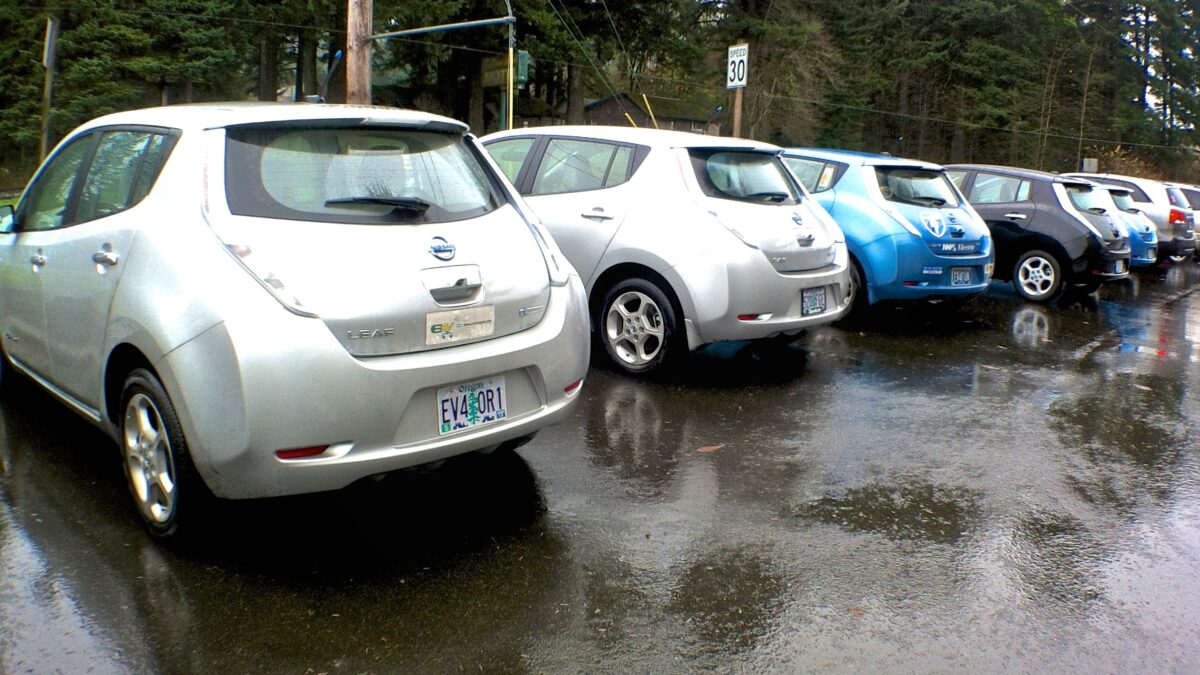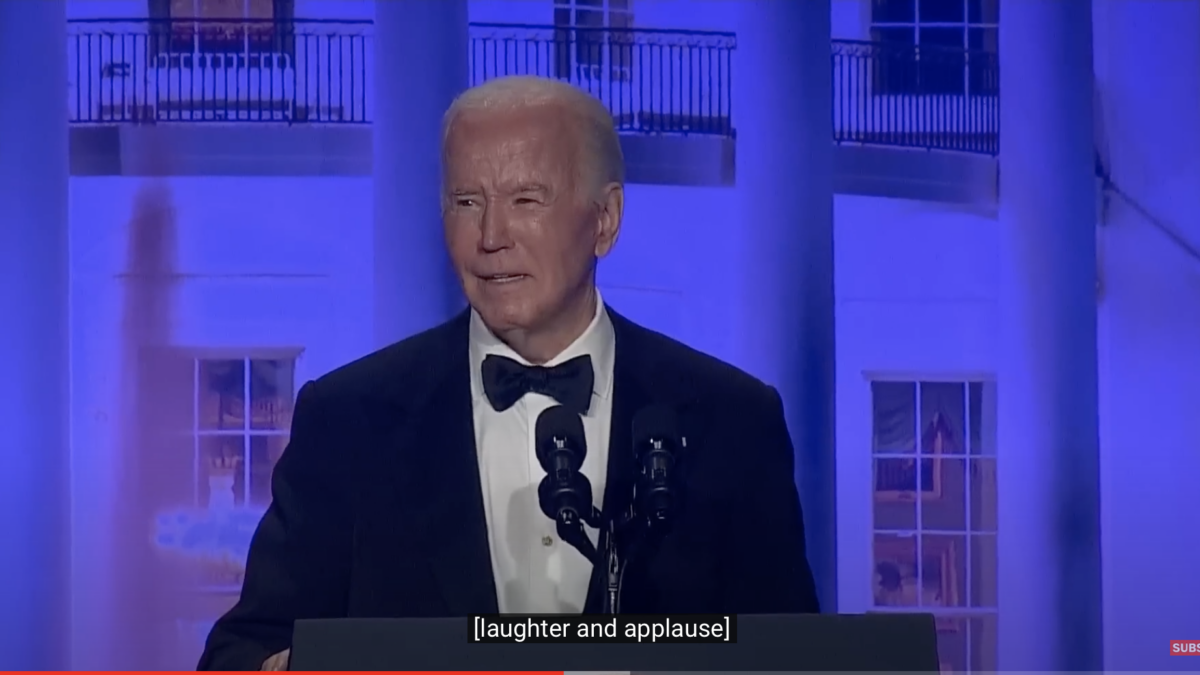The New York Times reported Thursday that President Joe Biden is planning to expand a pair of national monuments in California by roughly 130,000 acres, citing two people familiar with the plans.
“The San Gabriel Mountains National Monument and the Berryessa Snow Mountain National Monument will each get new boundaries designed to protect land of cultural significance to Native American tribes,” the Times revealed.
The two monuments were established by President Barack Obama using the 1906 Antiquities Act. The century-plus-old law allows the commander-in-chief to unilaterally place additional public lands under enhanced federal protections by executive order.
While a national park is a large swath of land protected by an act of Congress, land with a “national monument” designation protects a “specific natural, cultural or historic feature.” The 1906 law, however, requires that the area preserved must be “the smallest area compatible with the proper care and management of the objects to be protected.”
President Obama had a habit of violating the law’s mandates to establish quasi-national parks without congressional approval. President Biden is carrying on the tradition.
The San Gabriel monument, established east of Los Angeles in 2014, already covers more than 340,000 acres of the Angeles National Forest and more than 4,000 acres of the adjacent San Bernardino National Forest. If the monument were one of the 63 national parks, it would already rank 23rd in size, even larger than Grand Teton National Park in Wyoming. Biden, according to The New York Times, wants to expand the monument by another 110,000 acres.
The Berryessa Snow Mountain National Monument, created in 2015, protects nearly 331,000 acres, already an area roughly the same size as Hawaii’s Volcanoes National Park. Biden plans to expand the monument by nearly 14,000 acres.
Together, the roughly 130,000-acre expansion would restrict more land than eight of the nation’s smallest national parks combined. The first monument established under the Antiquities Act was Devil’s Tower in Wyoming, which encompasses about 1,300 acres.
President Biden also abused the Antiquities Act in the first year of his presidency to restore the Obama-era boundaries of Bears Ears National Monument and Grand Staircase-Escalante National Monument in Utah. The two monuments collectively preserve more than 3 million acres, an area larger than the national park at Yellowstone.
The monuments’ expansions illustrate why the Supreme Court must step in to reevaluate presidential abuse of the Antiquities Act. In March, however, the high bench refused a pair of cases that held potential for justices to re-evaluate the president’s authority to circumvent Congress when designating hundreds of thousands of acres with monument status.
President Biden promptly declared locking off 30 percent of the nation’s lands and waterways by 2030 a top priority in the first week of his administration. The initiative, known as “30 by 30,” has prominently featured a new public lands regime for “conservation leases” and prohibitions on oil and gas development in resource-rich areas of the country, in addition to the radical expansion of national monuments.
Designating public lands under monument status strips the multiple-use mandate that allows residents to capitalize and more freely recreate on public property. Most national forests, for example, allow timber harvesting and hold less regulations for recreation.
On Colorado’s western slope, residents are anxious over potential plans to designate a new national monument over the Dolores River. The new monument would encompass roughly 400,000 acres, an area almost twice the size of Rocky Mountain National Park.
“It absolutely, positively could be a threat,” said Sean Pond, a local resident, told The Colorado Sun last month. “If you look at the history of monument designations over time, more and more restrictions are put in place as more people start coming. We could start losing access. These are public lands me and my family and our neighbors have enjoyed for decades. A lot of local people have a lot of concerns.”









